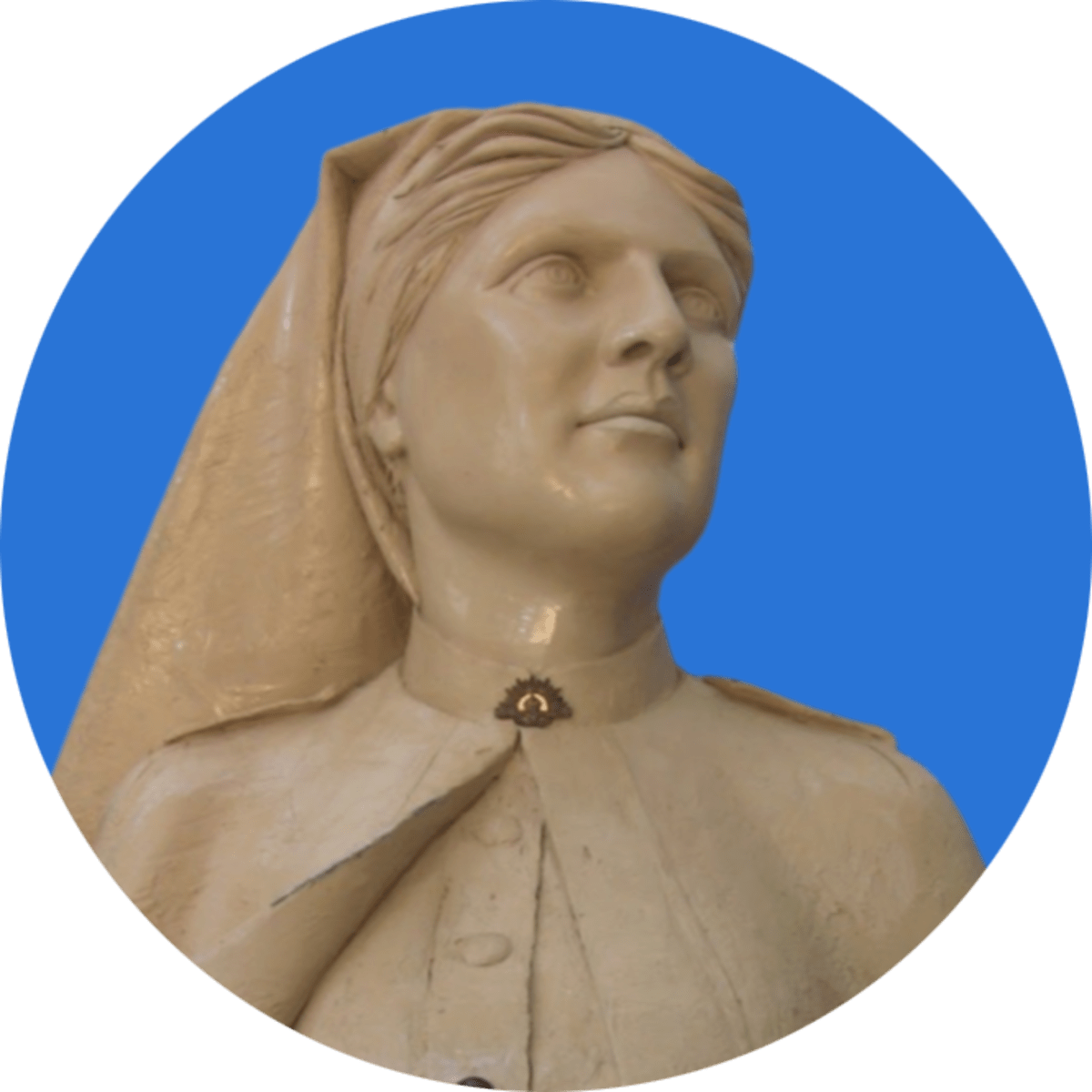
Preserving the memories of
Jessie Buchanan McDONALD
2nd September, 1916In the First World War, Jessie Buchanan McDONALD volunteered to serve overseas with the Australian Imperial Force (AIF). She embarked at Sydney, New South Wales aboard HMAT Kashgar on 2 September 1916 as a member of the Australian Army Nursing Service. Jessie is remembered by all her descendants for her service and sacrifice. LEST WE FORGET